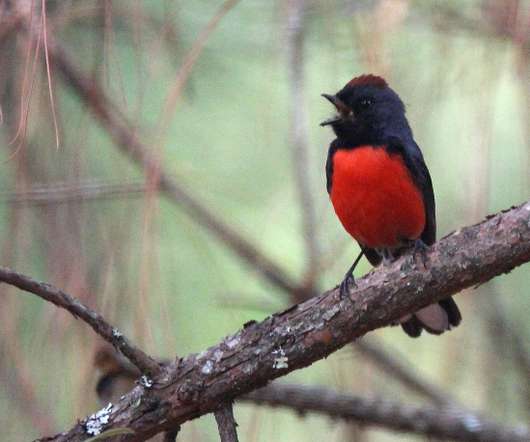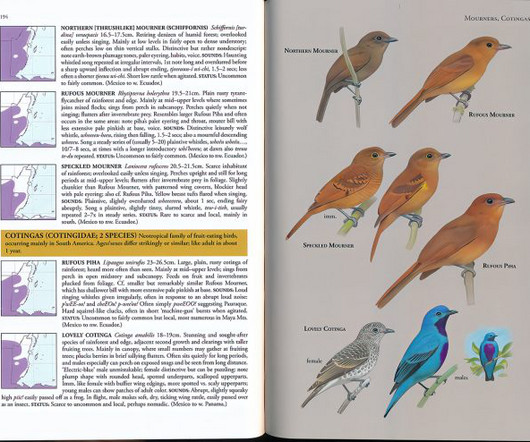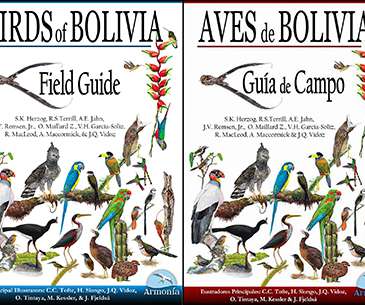Warblers that Warble
10,000 Birds
MAY 20, 2020
That still leaves 11 Warblers that breed in Michoacán. Like the Common Yellowthroat , the Yellow Warbler breeds no further south than the central Mexican highlands. I must admit that I had the idea the Grace’s Warbler , common in our pine forests, were also at the southern edge of their breeding range here.












Let's personalize your content